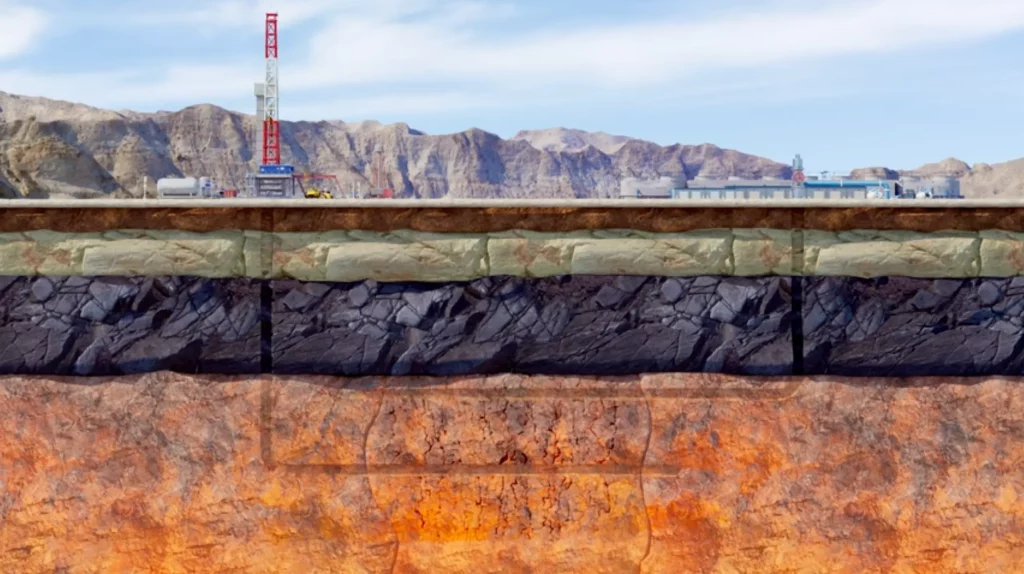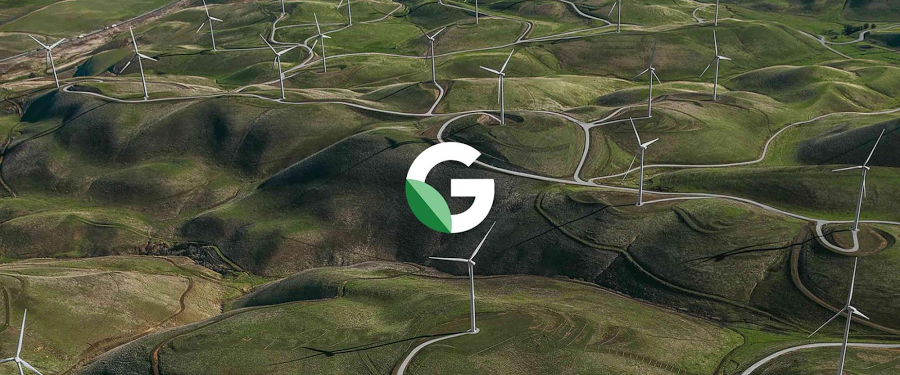
A first-of-its-kind geothermal project is now up and operating in Nevada, where it will help power Google’s data centres with sustainable energy. Google is collaborating with the firm Fervo, which has created innovative geothermal power technologies. It is a very tiny facility with a capacity of 3.5 MW since they use different strategies than standard geothermal plants. For reference, one megawatt is enough to power around 750 houses. The project will supply power into the local grid, which services two Google data centres in Las Vegas and Reno.
A new type of geothermal plant will supply power to two Google data centres in Nevada.
Green solutions on the way beyond Fervo
It is part of Google’s ambition to run entirely on carbon-free power by 2030. To achieve that aim, it will need to bring additional sustainable energy sources online. And it views geothermal as an important element of the future electricity mix, capable of filling in when wind and solar energy are depleted.
“If you think about how much we advanced wind, solar, and lithium ion storage, here we are — this is kind of the next set of stuff, and we feel like companies have a huge role to play in advancing these technologies,” says Michael Terrell, Google’s senior director of energy and environment.
The project has been under construction since 2021, when Google announced the “world’s first corporate agreement to develop a next-generation geothermal power project.” Geothermal energy harnesses heat from deep below the Earth. This is not your conventional geothermal plant, which would generally extract hot fluids from natural reservoirs to generate steam to spin turbines.
The establishment of the project
This new project was constructed on the boundaries of an existing geothermal area where, in Terrell’s words, “there’s hot rock, but no fluid.” Fervo had to drill two horizontal wells through which it pumps water in order to create geoethermal energy there. Fervo forces cold water through rock fissures, heating it up and allowing it to create steam at the surface. Because it is a closed-loop system, the water is reused, which is vital in a drought-prone location like Nevada.
Fervo also inserted fibre optic cables within the two wells to collect real-time data on flow, temperature, and system performance. These are strategies gained from the oil and gas sector to access energy resources that would otherwise be out of reach.
“This one was super promising to us because it was already leveraging existing technologies that have been used in the oil and gas space,” Terrell said. “And so we felt like it had a lot of potential, and a lot of potential to get online sooner rather than later.” Aside from this agreement with Google, Fervo’s technology is also supported by Bill Gates’ climate investment venture Breakthrough Energy Ventures and the US Department of Energy.

Differences from geothermal power technologies to other green solutions
In contrast to wind and solar farms, which are affected by weather and time of day, geothermal projects may provide power on a more continuous basis. That is one of the reasons Google is aiming to make more projects like this available online.
It announced another collaboration with the charity Project InnerSpace in September to “leverage their respective strengths to address critical challenges facing geothermal development, including the development of a global geothermal resource mapping and assessment tool.”
For the time being, the corporation is staying quiet about where else it could try to use geothermal energy in its data centres. Data centres are infamous for consuming massive amounts of power, accounting for around 1% of worldwide electricity consumption.

